Effective Storm Remediation Strategies
Storm remediations are most effective when performed proactively, ideally before severe weather events occur. Conducting assessments and implementing preventive measures during calm weather minimizes damage and reduces repair costs. Timing is crucial; early preparation ensures structures are resilient against high winds, heavy rainfall, and other storm-related challenges.
Evaluating vulnerabilities before storms allows for timely reinforcement and repairs, reducing potential damage.
Performing maintenance during mild weather conditions ensures readiness and reduces the risk of storm-related failures.
Assessing damage immediately after storms helps identify necessary repairs and prevents further deterioration.
Staying informed about upcoming weather patterns enables better planning for storm remediations.
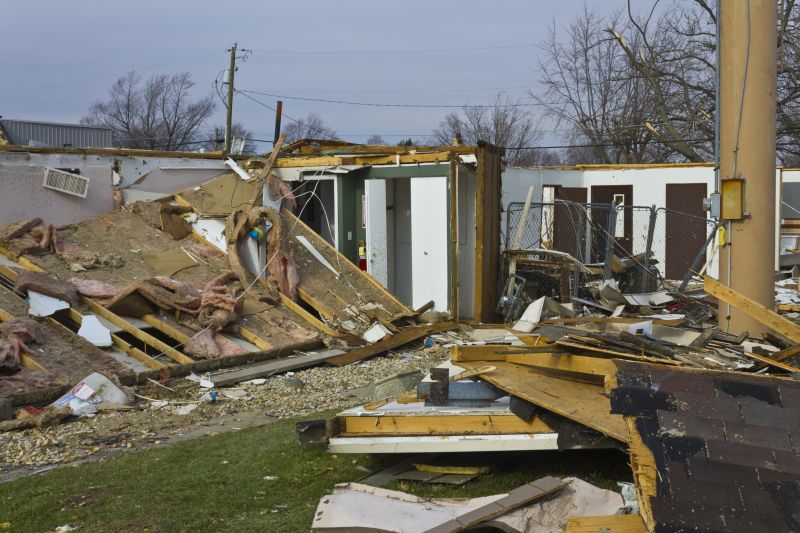
Visual assessment of structures after storms.
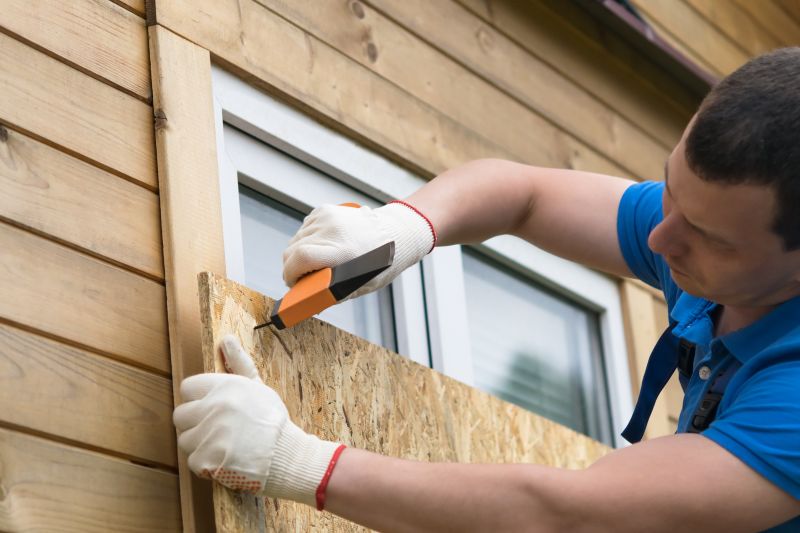
Strengthening structures before storms.
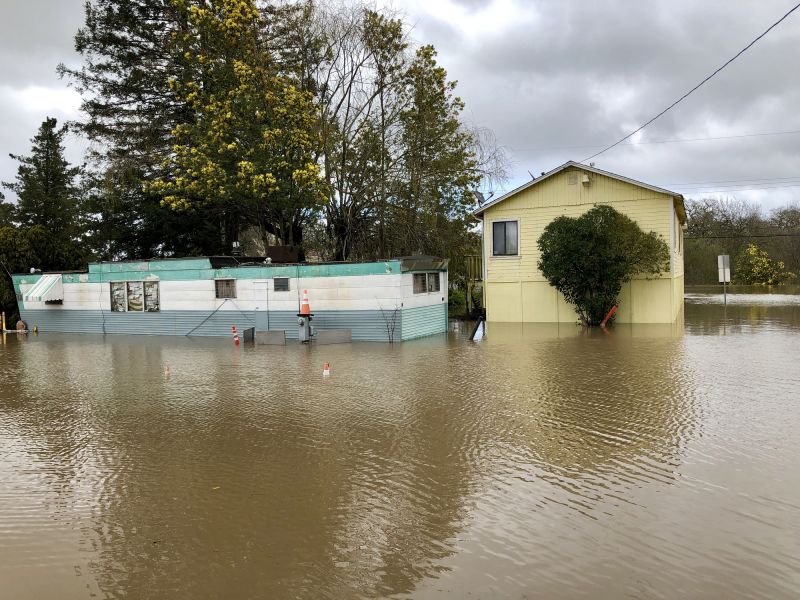
Preparedness for immediate action during storms.
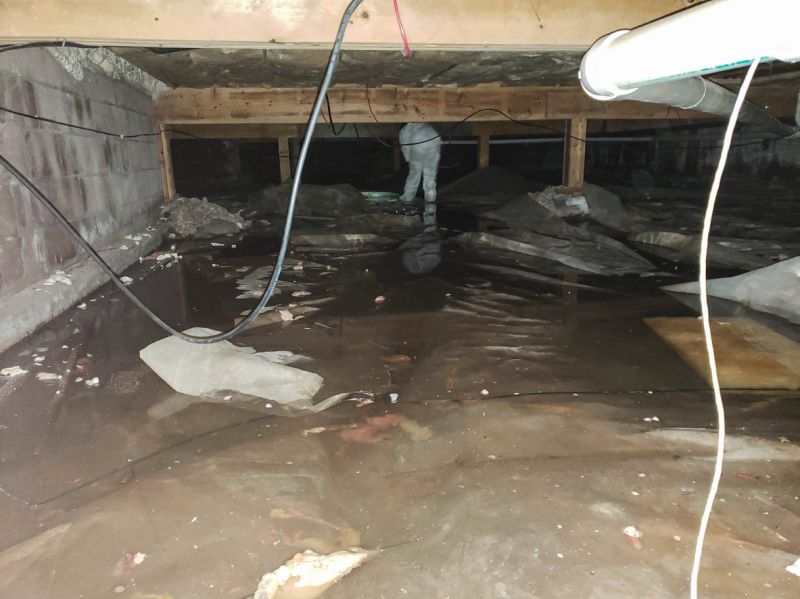
Ways to make Storm Remediations work in tight or awkward layouts.
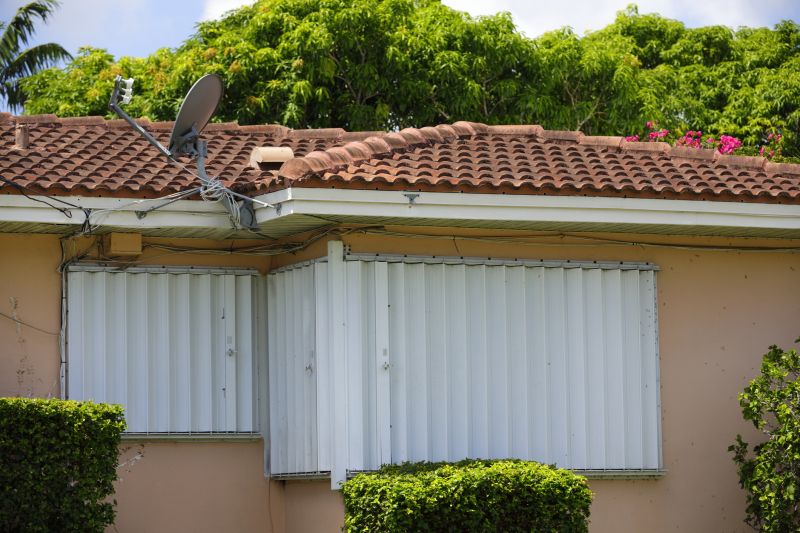
Popular materials for Storm Remediations and why they hold up over time.

Simple add-ons that improve Storm Remediations without blowing the budget.
| Timing Aspect | Key Considerations |
|---|---|
| Pre-Storm Period | Assess vulnerabilities, reinforce structures, clear drainage |
| During Storm | Monitor weather updates, implement emergency protocols |
| Post-Storm | Conduct damage inspections, initiate repairs, review safety measures |
| Off-Season | Perform maintenance, update remediation plans |
| Peak Storm Season | Maintain readiness, ensure equipment availability |
Storm remediations involve a comprehensive approach to minimize damage and ensure resilience. Proper timing enhances the effectiveness of preventive measures, reduces repair costs, and safeguards property. Statistics indicate that proactive storm remediation can decrease damage costs by up to 40%, emphasizing the importance of timely action and planning.
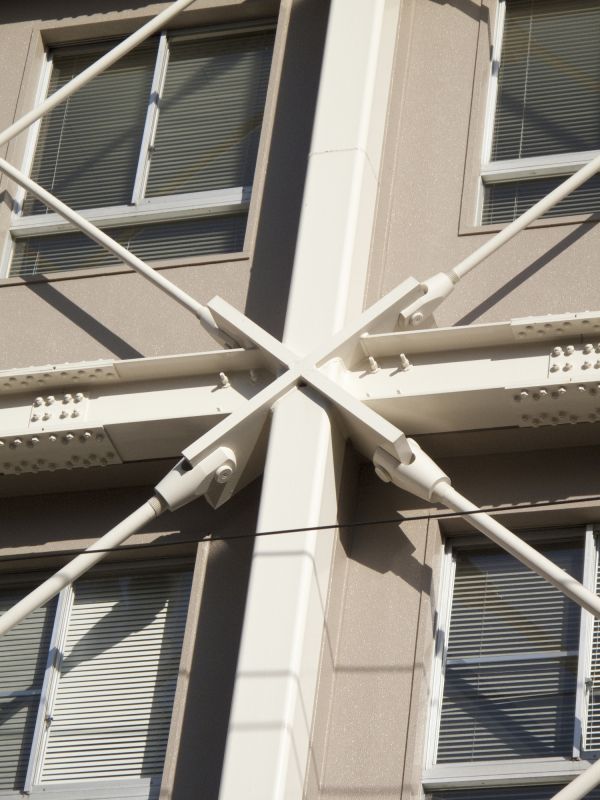
Structures built to withstand storm forces.
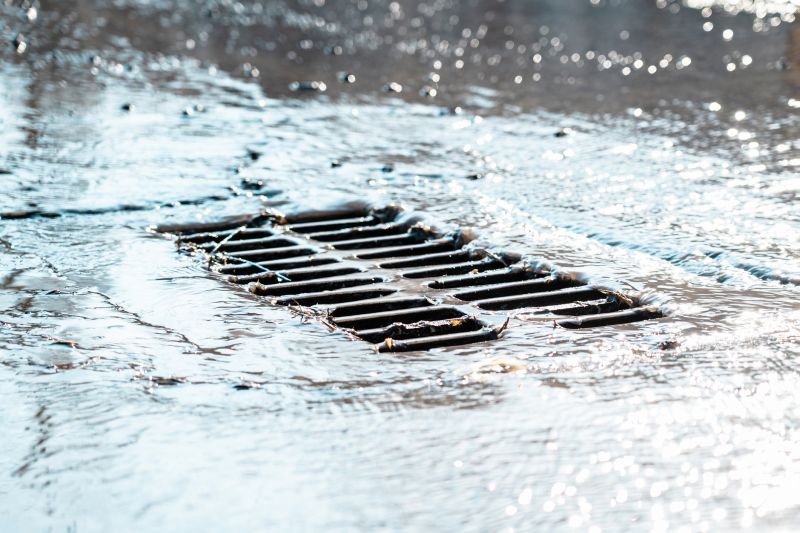
Enhanced drainage to prevent flooding.
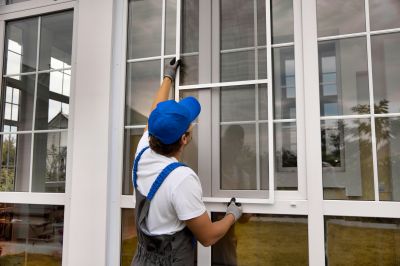
Installation of barriers for protection.

Preparedness tools for storm response.
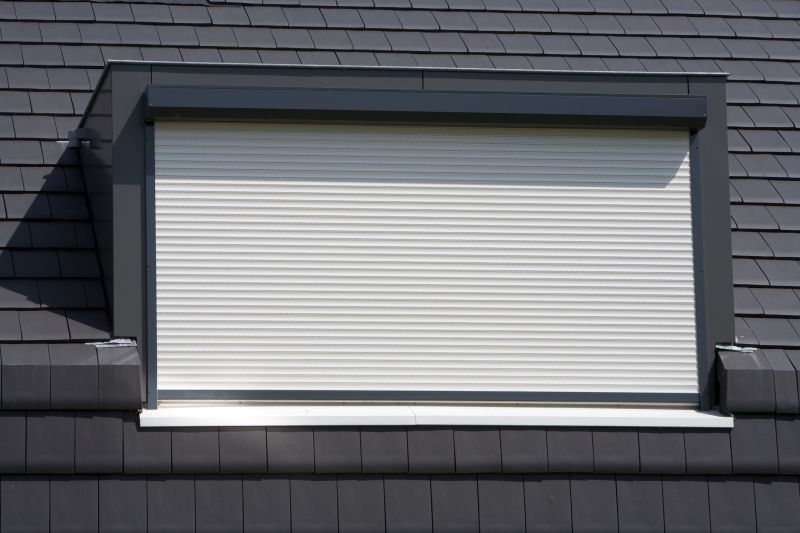
High-end options that actually feel worth it for Storm Remediations.

Finishes and colors that play nicely with Storm Remediations.
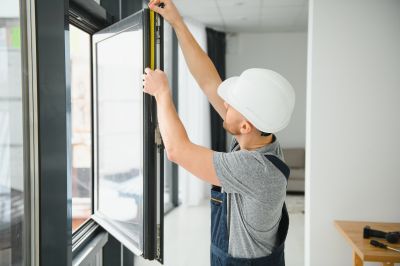
Little measurements that prevent headaches on Storm Remediations day.
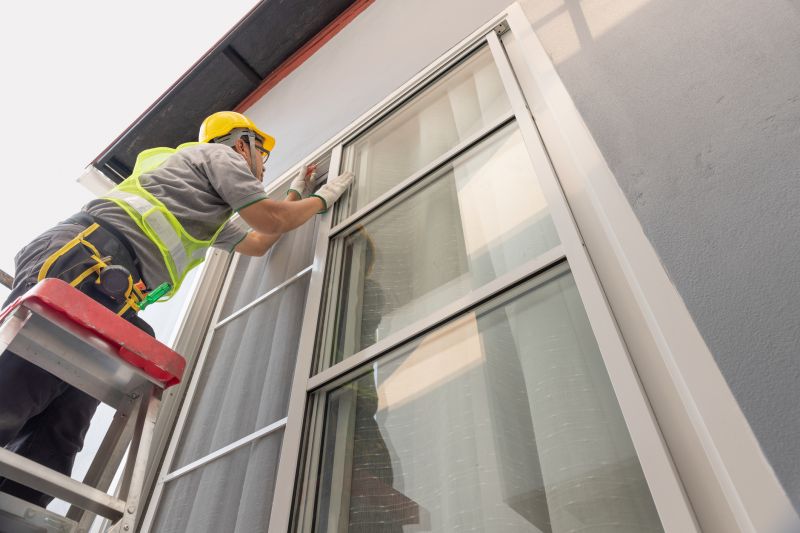
A 60-second routine that keeps Storm Remediations looking new.

A frequent mistake in Storm Remediations and how to dodge it.

Small tweaks to make Storm Remediations safer and easier to use.
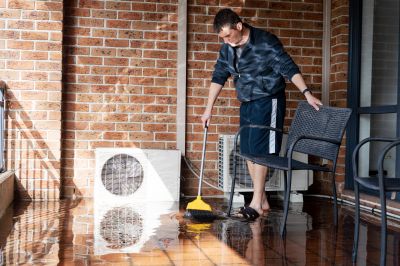
Lower-waste or water-saving choices for Storm Remediations.
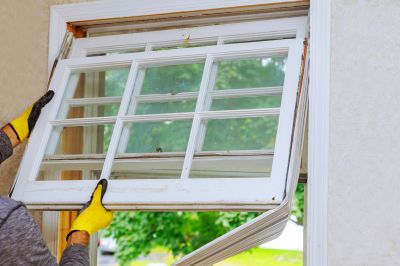
The short, realistic tool list for quality Storm Remediations.
Timely storm remediations are vital for reducing property damage and ensuring safety during severe weather events. Regular assessments, maintenance, and upgrades tailored to seasonal patterns help maintain structural integrity and reduce emergency response costs. If interested in storm remediations, filling out the contact form can facilitate planning and preparedness efforts.
